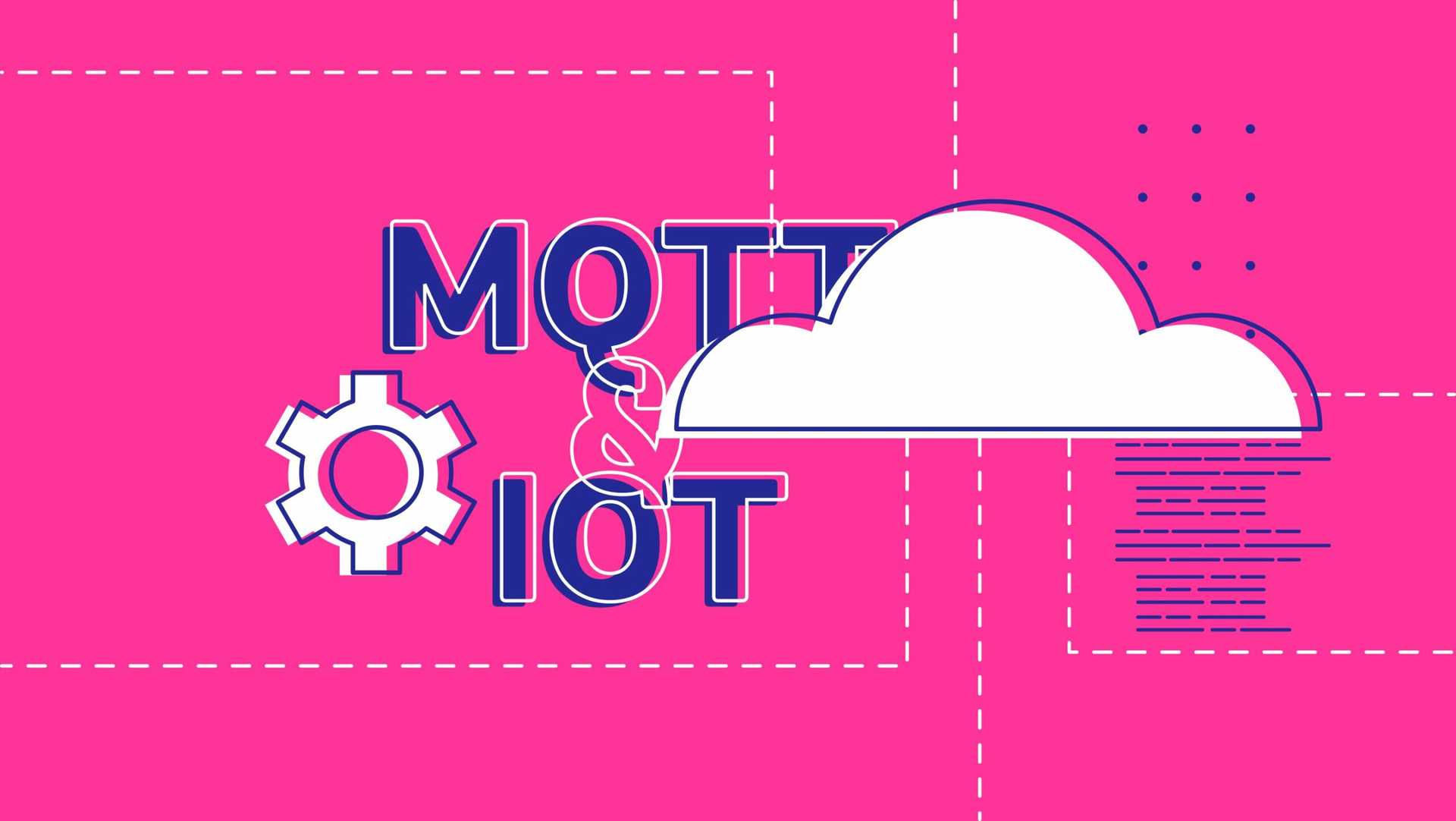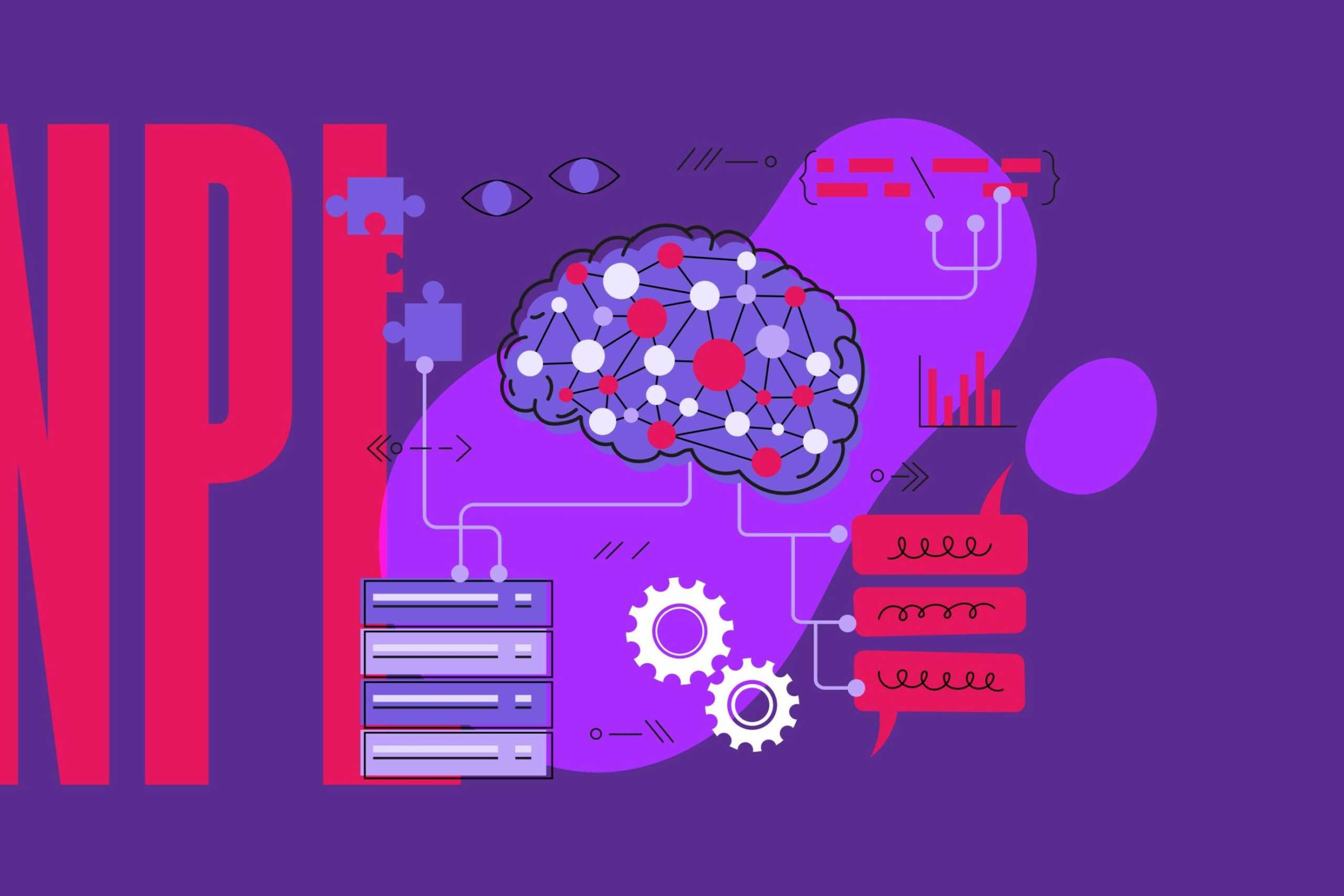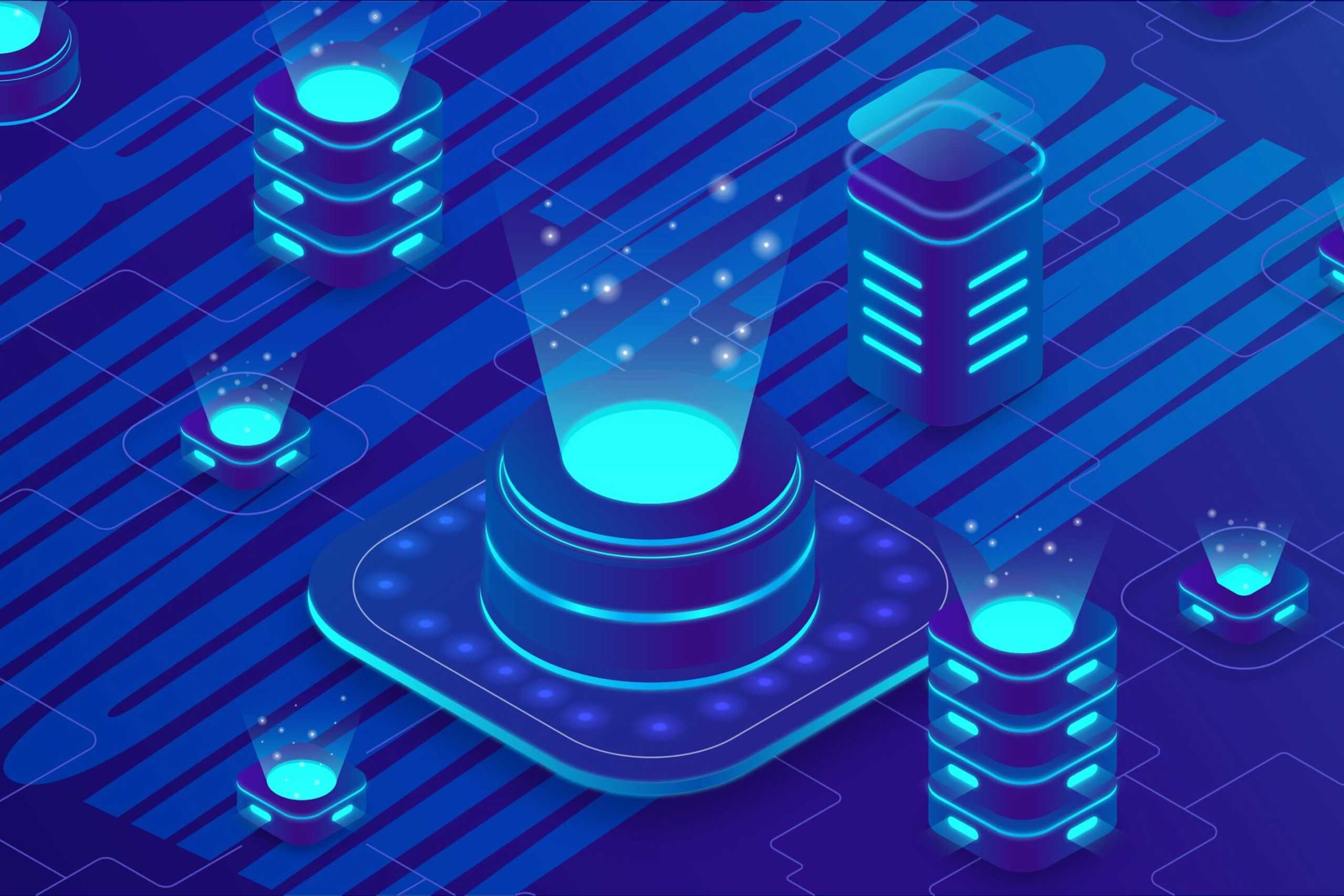
June 12, 2023
“Developers who stop learning get left behind. However, the ones that grow and expand with trends always eat well.”
– Kudzai Manditereza
The technology landscape is evolving, with the Internet of Things (IoT) leading the charge. IoT is transforming the way we live and work, with billions of devices generating massive amounts of data. As a software developer, it is essential to stay on top of this trend and understand the opportunities and challenges presented by this new technology.
In this three-part series, we will breakdown IoT, MQTT, which is the defacto standard protocol powering IoT, and wrap the series up with a practical step-by-step demonstration you can follow to try IoT yourself.
If we do our job right, at the end of this first article you will be inspired to dive deeper into IoT, and see how you can add it to your arsenal of skills. At minimun, you will be able to define IoT fundamentals, understand its components and the impact this has on software development. Additionally, we will explore the potential benefits and the challenges you may face when working with this technology.
Demystifying IoT: A Simple Definition (for Software Developers)
IoT can be a complex and often confusing topic, but it doesn’t have to be. At its core, IoT refers to the network of physical objects that are connected to the internet and can exchange data with one another. These objects, or “things,” can be anything from household appliances and wearables to industrial machinery and smart city infrastructure.
To understand IoT, it’s important to break it down into its components. An IoT system typically consists of three main components: sensors, connectivity, and data analytics.
Sensors
Sensors are crucial in IoT systems; they serve as the primary data collection points. They bridge the gap between the physical and digital worlds by converting real-world information such as temperature, humidity, and motion into digital information. Sensors enable IoT systems to monitor, measure, and respond to various parameters by detecting changes in the environment or devices.
Connectivity
As stated, the primary goal of data collection from sensor devices is to share the data with other devices and data analytics applications in the network. Connectivity is the communication infrastructure that allows these devices and applications to communicate and exchange information, e.g, Wi-Fi or Bluetooth.
In addition, for devices to make sense of the shared information, they must use a standard communication protocol. Examples of IoT communication protocols include HTTP(S), which most software developers already use, AMQP, CoAP, and MQTT, which has become the defacto IoT standard protocol. We discuss MQTT in detail in Part 2 of this series.
Data analytics
Data analytics platforms, which are usually cloud-hosted, enable the transformation of typically vast amounts of data collected from sensors/devices into valuable information and actionable insights. The capabilities of Data Analytics platforms range from simple visualization for remote monitoring to identifying patterns, trends, and correlations within the collected data, and advanced machine learning-based use cases.
Application of Internet of Things (IoT)
To give you a sense of what IoT looks like in the real world, below is a list of the use cases in the Commercial, and Industrial sectors.
- Smart Retail: IoT can be used to create personalized shopping experiences through digital signage, targeted promotions, and smart shelves that detect low inventory levels.
- Building Automation: IoT can enable commercial buildings to become “smart,” with automated lighting, heating, ventilation, and air conditioning (HVAC) systems that respond to occupancy and environmental conditions, improving occupant comfort and reducing energy costs.
- Smart Agriculture: IoT can be used to monitor crop conditions, soil health, and weather data, enabling farmers to make data-driven decisions about irrigation, fertilization, and pest control, ultimately increasing crop yields and reducing resource waste.
- Wearable Payments: IoT devices like smartwatches and fitness trackers can be integrated with payment systems, enabling users to make contactless payments without the need for physical cards or cash.
- Predictive Maintenance in Manufacturing: By collecting and analyzing industrial equipment data, potential issues can be detected early, helping to prevent unexpected equipment failure, reduce downtime, and extend the lifespan of machinery.
Hardware Platforms for IoT Application Development
To start building an IoT application, you will need a device that provides a physical interface to sensors, allows you to write and deploy code to acquire data from those sensors, establish connectivity to the internet, and publish the data for analytics in the cloud.
Device platforms commonly used to develop and prototype IoT applications include Raspberry Pi, Arduino, ESP32, BeagleBone, and others. The selection of an IoT device platform is mostly influenced by each platform’s capabilities for prototyping different features or products. For example, some devices only support WiFi connectivity requiring you to plugin additional hardware for cellular connectivity. Some platforms can host a full operation system for executing multiple general-purpose tasks, while others are built to execute one specific task.
Developing Software for IoT Applications
To develop software for IoT devices, you need to have a good understanding of the hardware and networking technologies involved in IoT. As a developer, there is a good chance you are already familiar with programming languages used in IoT development, such as C, Java, and Python. IoT solutions can be programmed using a variety of languages, depending on the specific needs of the project. Programming languages commonly used in IoT development at different levels of the technology stack include C, Python, Java, JavaScript, NodeJs, and C#:
Similar to other projects, developers should choose a language that is suitable for the hardware and software components of the IoT system, as well as the data analysis and visualization requirements.
Using Software Libraries for IoT App Development
As with any software project, leveraging software libraries can make the process significantly easier and efficient. In IoT, libraries can help manage the following:
- Data gathering from common sensors on the market
- Controlling common actuators such as motors
- Communication protocols,
- Data processing
- Security features
To use these libraries, developers need to first identify the appropriate ones for their project requirements, such as the protocol stack (e.g., MQTT, CoAP, Zigbee), device platform (e.g., Arduino, ESP32, Raspberry Pi), and cloud services (e.g., AWS IoT, Azure IoT, Google Cloud IoT).
Here’s an example of code in Python that might be used in an IoT system using a Python library for an MQTT Client. The code shows how to connect an IoT device to an MQTT messaging server and subscribes to receive messages of interest that are being sent to the same server by other IoT devices.
import paho.mqtt.client as mqtt |
As previously mentioned, developers can create IoT applications able to interact with physical devices, gather data from sensors, and even automate tasks. IoT development involves a combination of software development, hardware design, and networking, so developers need to be well-versed in all these areas to create effective IoT applications.
IoT Software Development: Similar But Different
The software for IoT differs from traditional software in several ways:
- Resource constraints: IoT devices often have limited computing power, memory, and storage compared to traditional computing devices. As a result, IoT software must be designed to use resources efficiently and effectively.
- Real-time requirements: Many IoT applications have real-time requirements, meaning that data must be processed and analyzed quickly, often in milliseconds or less. This requires a different approach to software design and development.
- Distributed nature: IoT systems often involve many interconnected devices that must work together to accomplish a task. This requires a distributed system architecture and a focus on communication and coordination between devices.
- Security: IoT devices connect the internet to the physical world, and security breaches can have life-threatening consequences. Therefore, IoT software must be designed with security in mind, including data encryption, access control, and secure communication protocols.
- Heterogeneous environment: IoT devices can run on a variety of hardware and software platforms, which can make software development and deployment more complex. Developers must be able to work with a wide range of platforms and technologies.
Understanding these differences, as well as IoT components, allows you to leverage each of their powers and create innovative and impactful applications that improve people’s lives and transform entire industries.
An example of a possible career path in IoT is IoT Engineer. An IoT engineer is a professional who specializes in designing, developing, and maintaining Internet of Things (IoT) systems. They are responsible for creating the software and hardware components of IoT systems and ensuring that they work together seamlessly to achieve the desired results.
Conclusion
Overall, learning about IoT can be challenging, but it’s also gratifying. By following these steps and staying dedicated to your learning journey, you can develop the skills and knowledge you need to succeed in this exciting field.
We encourage software developers to explore IoT and take advantage of its new opportunities. By collaborating with other experts in the field, leveraging open-source technologies, and continuously learning new skills, you can make a significant impact in the world of IoT and contribute to building a more connected and sustainable future.
So what are you waiting for? Start exploring IoT today and unleash your potential as a software developer!
Now that you know all about IoT, in part two of this series we are going to introduce you to MQTT, a technology that has become the defacto standard of data movement in IoT with applications spanning from Facebook Messenger, Connected Cars, Connected Factories, Wearables, and Home Automation etc.
Contact us
Swan Buildings (1st floor)20 Swan StreetManchester, M4 5JW+441612400603community@developernation.net


